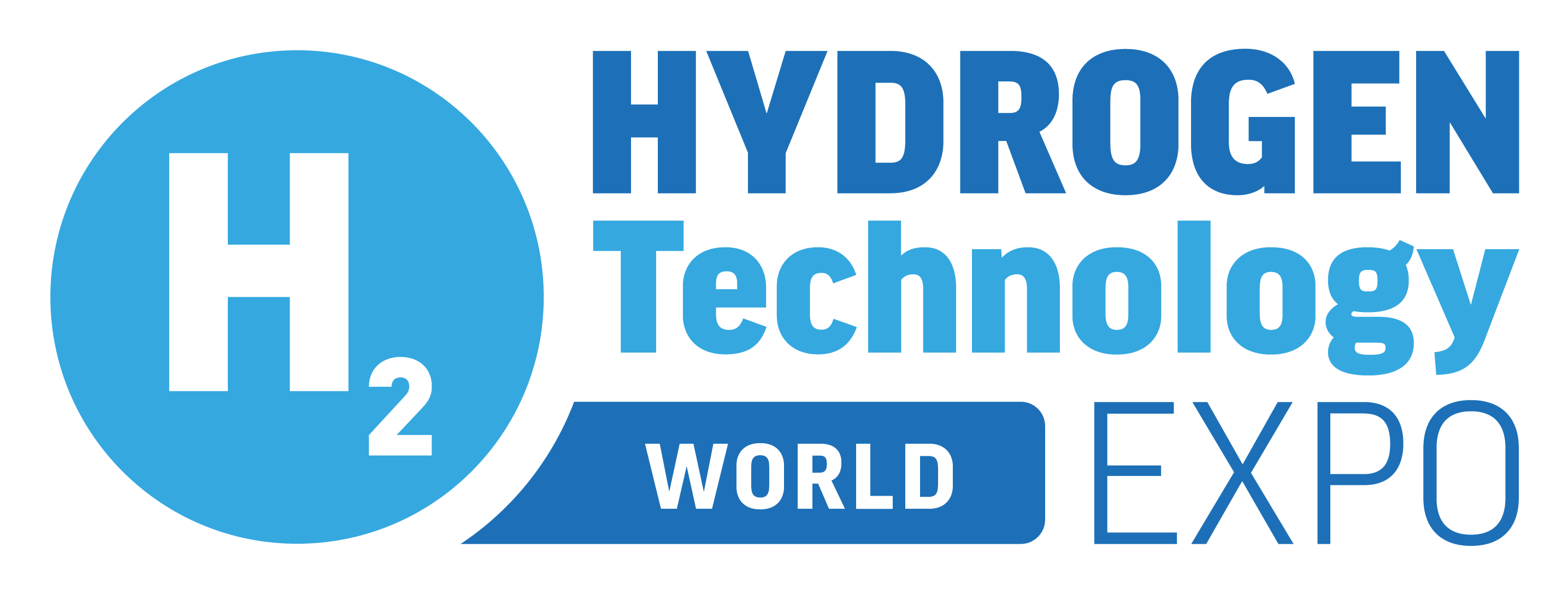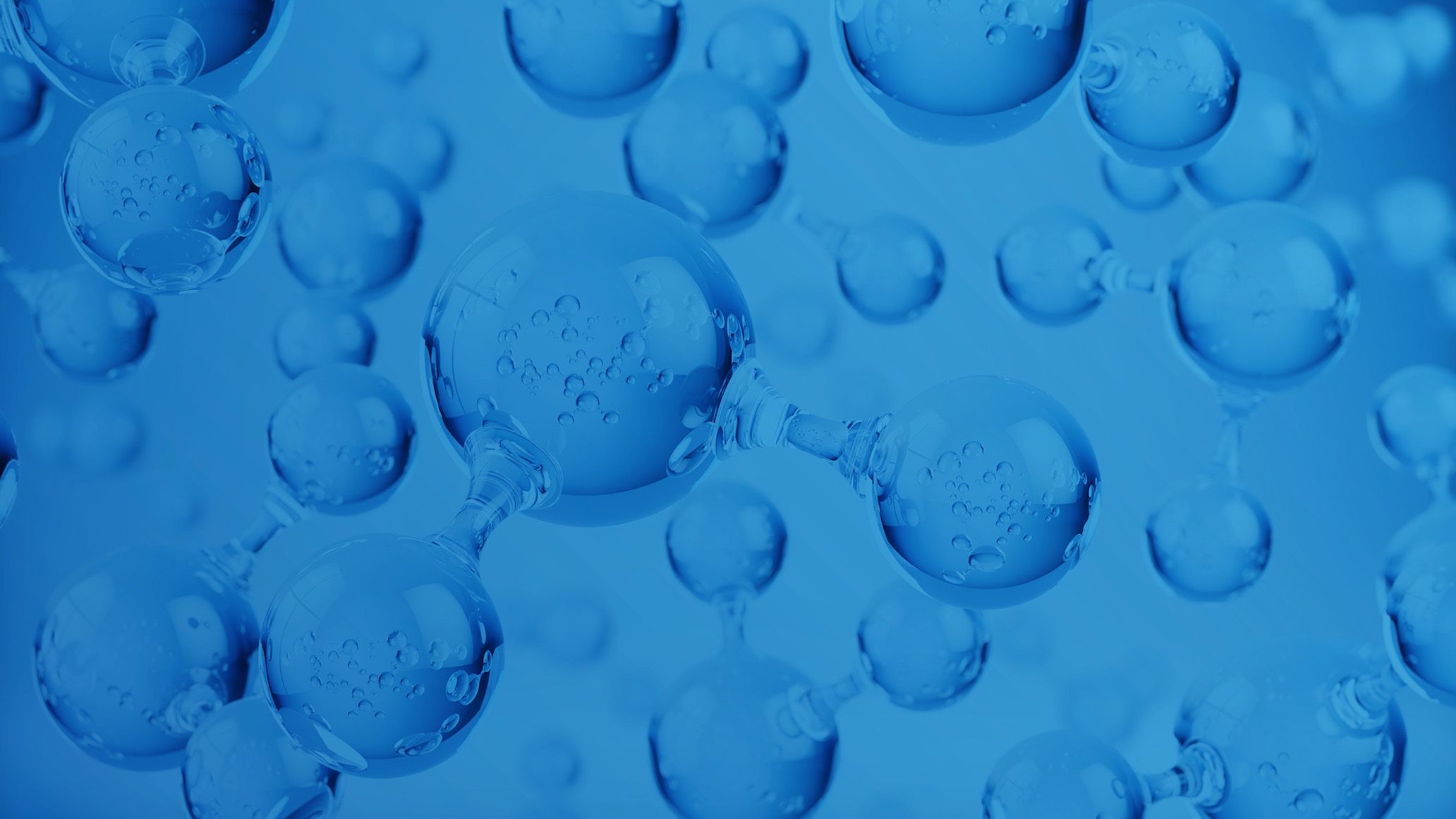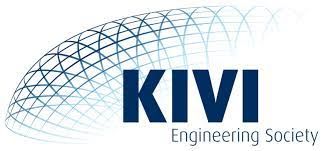Assessing proven technology and necessary modifications to assure effective CO2 dehydration for CCUS hubs to safeguard against corrosion
Many carbon capture projects are developing throughout the industry with various states of maturity. Projects spanning both post combustion and high concentration CO2 source emitter carbon capture plants have passed financial investment decision (FID) and are moving through project execution. Many of these projects have considered well known legacy technology for dehydration with reference to dehydration of natural gas processing. Three main technologies; triethylene glycol (TEG), molecular sieve, and aluminosilicate (BASF Sorbead®) fit into this category. A great deal of literature and project references exist for such applications. However, there is a limited amount of literature and project reference specifically for current day carbon capture utilization and storage (CCUS) projects with heightened expectations for pipeline and storage lifetimes targeted well beyond traditional natural gas production expectations due to the corrosive nature of wet CO2 and its impact on transport and storage infrastructure. With a range of offtake expectations for the CO2 gas stream, water specifications will vary greatly. CCUS projects both in North America and in Europe have specified water concentrations in the range of 10ppmv and 600ppmv with differing factors that influence the specification for each project. In selecting the proper dehydration technology solution, there is more to be considered beyond the CO2 water specification. This presentation will provide insight into various configurations of mature dehydration technologies and offer guidance on choosing the best solutions. Carbon capture plant CO2 gas composition and offtake requirements will be reviewed for technology selection guidance.




)
)
)
)
)
)
)
)
)
)
)
)
)
)
)
)
)
)
)
)
)
)
)
)
)
)
)
)
)
)
)
)
)
)
)
)
)
)
)
)
)
)
)
)
)

)
)
)
)
)
)
)
)
)
)
)
)


)
)
)
)
)
)
)
)
)
)
)
)

)

)
)
)

)
)
)
)
)
)
)
)
)

)
)
)
)

)
)
)
)
)
)
)
)
)
)


)

